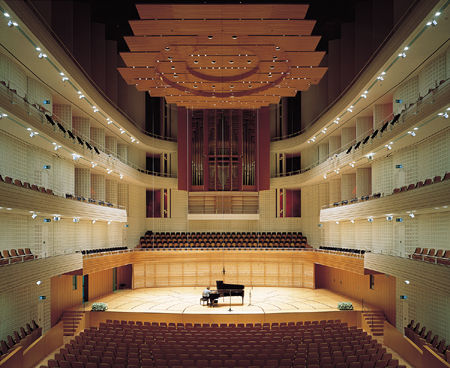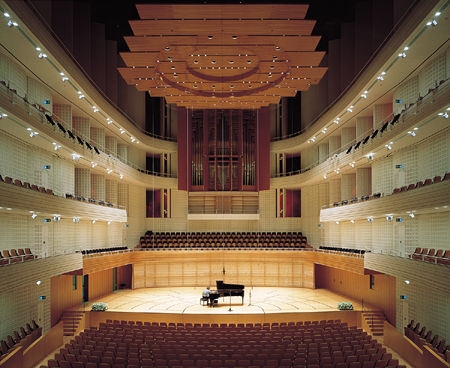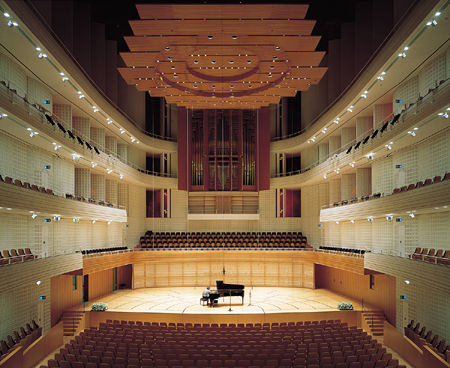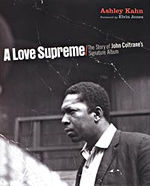| Columns Retired Columns & Blogs |
The Essex Echo 1995: Electrical Signal Propagation & Cable Theory References & Further Reading

Sun, 10/01/1995
- Read more about The Essex Echo 1995: Electrical Signal Propagation & Cable Theory References & Further Reading
- Log in or register to post comments
The Essex Echo 1995: Electrical Signal Propagation & Cable Theory Page 5

Sun, 10/01/1995
The Essex Echo 1995: Electrical Signal Propagation & Cable Theory Page 4

Sun, 10/01/1995
The Essex Echo 1995: Electrical Signal Propagation & Cable Theory Page 3

Sun, 10/01/1995
The Essex Echo 1995: Electrical Signal Propagation & Cable Theory Page 2

Sun, 10/01/1995
The Essex Echo 1995: Electrical Signal Propagation & Cable Theory


Sun, 10/01/1995
The Fifth Element #31 Rives Gems

Sun, 08/28/2005
- Read more about The Fifth Element #31 Rives Gems
- Log in or register to post comments
The Fifth Element #31 Page 2

Sun, 08/28/2005
- Read more about The Fifth Element #31 Page 2
- Log in or register to post comments
The Fifth Element #31

Sun, 08/28/2005
- Read more about The Fifth Element #31
- Log in or register to post comments
Book Review: A Love Supreme

Sun, 08/28/2005
- Read more about Book Review: A Love Supreme
- Log in or register to post comments




